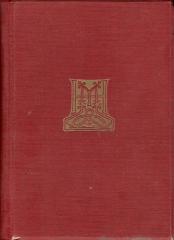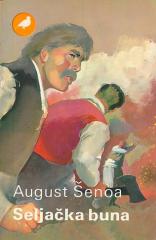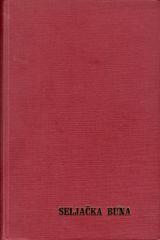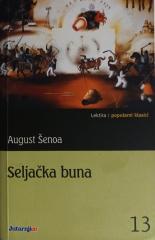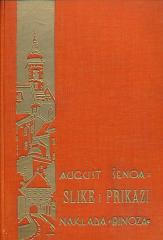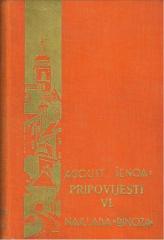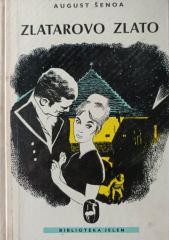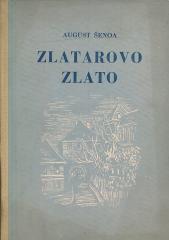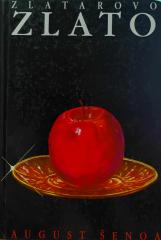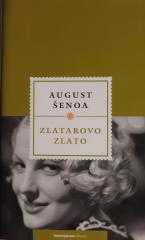August Šenoa
August Šenoa (14. studenoga 1838. – 13. prosinca 1881.) bio je jedan od najznačajnijih hrvatskih književnika 19. stoljeća i utemeljitelj moderne hrvatske književnosti. Rođen je u Zagrebu, školovao se u Pragu, a nakon povratka u domovinu radio je kao novinar, urednik i gradski bilježnik. Njegov rad imao je velik utjecaj na kulturni život tadašnje Hrvatske.
Šenoa je najpoznatiji po povijesnim romanima koji kombiniraju romantične, realističke i nacionalne elemente, poput Zlatarevo zlato (1871), Čuvaj se senjske ruke, Seljačka buna i Diogenes. U tim djelima uspješno je rekonstruirao hrvatsku povijest i ujedno promicao domoljublje, moralne vrijednosti i društvenu odgovornost.
Pisao je i pripovijetke, pjesme, kritike i feljtone, te uređivao časopis Vijenac, preko kojeg je oblikovao književne i kulturne tokove. Posebno je značajan njegov jezični doprinos – zalagao se za standardizaciju hrvatskog jezika i njegovo obogaćivanje književnim izrazom.
Umro je mlad, u 43. godini, nakon što je obolio pomažući unesrećenima tijekom velike zagrebačke poplave 1880. godine. Njegov književni i kulturni utjecaj ostaje trajan temelj hrvatske književnosti.
Naslovi u ponudi
Seljačka buna
Seljačka buna je povijesni roman hrvatskog književnika Augusta Šenoe. Prvi put je objavljen u časopisu Vijenac 1877. godine. Jedan je od pet romana Augusta Šenoe i njegov najvažniji povijesni roman.
Seljačka buna
Šenoin povijesni roman Seljačka buna je vjerna rekonstrukcija glasovitog ustanka hrvatskih seljaka 1573. godine i svih događaja koji su mu prethodili.
Seljačka buna
Povijesni roman Augusta Šenoe koji je 1877. objavljivan u Vijencu, a 1878. godine objavljen je kao knjiga. Roman nosi podnaslov “Historička pripovijest XVI. stoljeća” pa se može promatrati kao povijesna monografija u formi romana.
Seljačka buna
Seljačka buna je povijesni roman hrvatskog književnika Augusta Šenoe. Prvi put je objavljen u časopisu Vijenac 1877. godine. Jedan je od pet romana Augusta Šenoe i njegov najvažniji povijesni roman.
Slike i prikazi
Sabrana djela Augusta Šenoe, knjiga XX.
Vladimir / Zvonar Tobdžija
Sabrana djela Augusta Šenoe, knjiga VIII.
Zlatarovo zlato
Zlatarovo zlato
Zlatarovo zlato, prvi i najslavniji Šenoin povijesni roman smatra se prvim modernim romanom hrvatske književnosti. Sam August Šenoa najčitaniji je hrvatski pisac svih vremena.
Zlatarovo zlato
Prvi hrvatski povijesni roman, priča o zabranjenoj ljubavi zlatarove kćeri i plemićeva sina na povijesnoj pozornici zagrebačkih ulica i trgova šesnaestog stoljeća.
Zlatarovo zlato
Prvi hrvatski povijesni roman - najzagrebačkija od svih priča. Priča je to o zabranjenoj ljubavi zlatarove kćeri i plemićeva sina na povijesnoj pozornici zagrebačkih ulica i trgova šesnaestog stoljeća.
